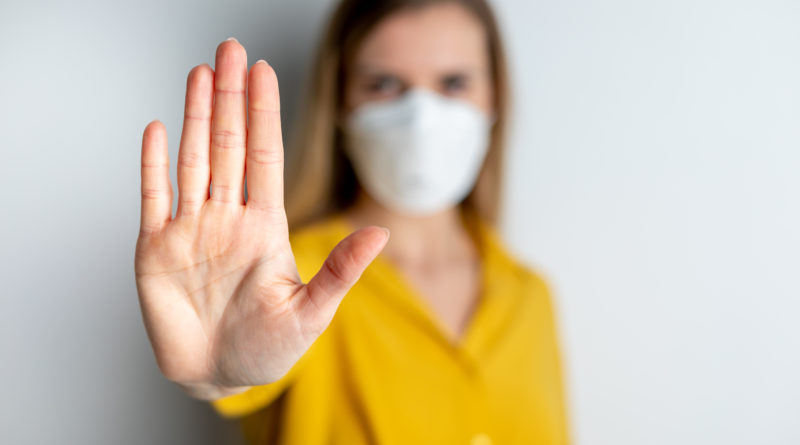Will There Be a Second Peak of COVID-19 Cases?
3,965 total views, 1 views today
Over Memorial Day weekend, Americans took to beaches and parks in large numbers. In doing so, many defied social distancing rules and declined to wear face masks, raising concerns about new local increases in COVID-19 cases. On Memorial Day, the World Health Organization (WHO) spoke about the concerns this behavior and similar relaxation of public health guidelines may raise.
In comments during an online press briefing, WHO emergencies program director Mike Ryan warned that COVID-19 case rates can increase at any time, even in regions where cases have begun falling. Ryan, a former Food and Drug Administration (FDA) commissioner, stressed that the world at large still remains in the first wave of the COVID-19 pandemic, as despite Americans returning to everyday life in certain ways, COVID-19 cases are currently rising in South America, Africa, and South Asia.
During the online press briefing, Ryan referred to an unexpected jump in COVID-19 cases as an “immediate second peak,” recalling the language of a potential second wave of infections that has long worried many public health experts. However, Ryan distinguished between the notion of a second wave and a second peak. The latter term describes new exponential growth of cases, whereas the latter depicts a smaller uptick in transmission during the first outbreak.
Similarly, Ryan stressed that since epidemics tend to come in waves, states should be prepared for a resurgence of COVID-19 infections as cases decline in many parts of the country. Ryan also warned that states acting too quickly to reopen their economies or reverse stay-at-home orders may experience rising COVID-19 infection rates sooner than anticipated.
In additional comments made Tuesday, Ryan also said that recent slight increases in the number of hospitalizations due to COVID-19 may stem from ongoing economic reopening measures. These comments echoed statements made during Monday’s briefing in which Ryan said that a second wave “may be a reality for many countries in a number of months’ time.” During that briefing, Ryan also advocated for the widespread adoption of surveillance and testing measures, two steps that the federal government has yet to implement.
Although many public health experts have called for the U.S. to adopt nationwide contact tracing and testing technologies, the country has yet to gather enough contact tracers and testing supplies to make this goal realistic. Whereas some countries have successfully used these methods to suppress the spread of COVID-19 within their borders, many public health experts estimate that the U.S. would require hundreds of thousands of additional COVID-19 contact tracers to safely reopen. In turn, some public health officials, such as leading coronavirus task force figure Dr. Anthony Fauci, have voiced concerns that states and cities reopening without these tools could experience outbreaks.
Currently, oversight of contact tracer recruiting and training falls to states and municipalities instead of the federal government. Some states already have thousands of contact tracers at their disposal, and elsewhere, universities with robust public health programs have stepped up to remotely conduct the training needed for successful, safe contact tracing. Nevertheless, many experts and ordinary citizens remain worried that without a unified federal response, the second wave of COVID-19 will be more severe.

